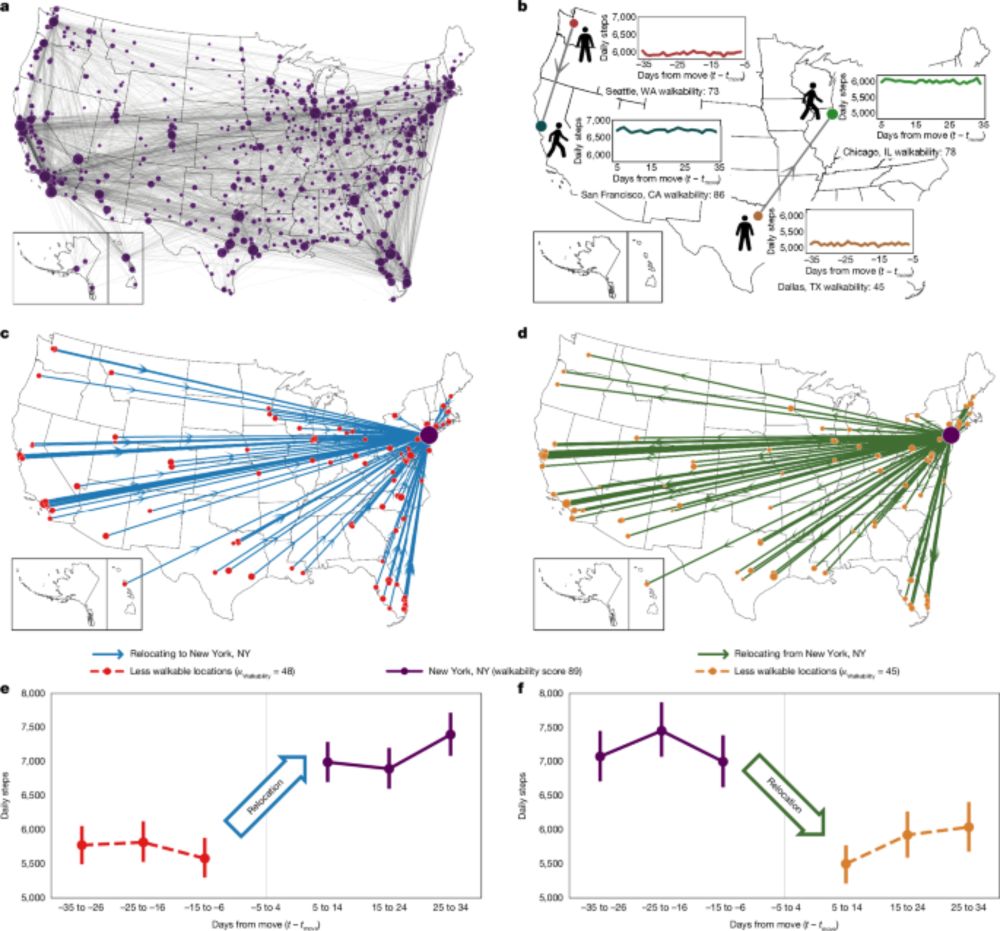Whitney Ringwald
@whitneyringwald.bsky.social
1.8K followers
420 following
140 posts
Assistant Professor at University of Minnesota | Studying the processes underlying personality & psychopathology in everyday life
Lab website: ringwaldlab.psych.umn.edu
Posts
Media
Videos
Starter Packs
Reposted by Whitney Ringwald
Reposted by Whitney Ringwald
Reposted by Whitney Ringwald
Reposted by Whitney Ringwald
Reposted by Whitney Ringwald
Reposted by Whitney Ringwald
Reposted by Whitney Ringwald
Reposted by Whitney Ringwald
Reposted by Whitney Ringwald

















